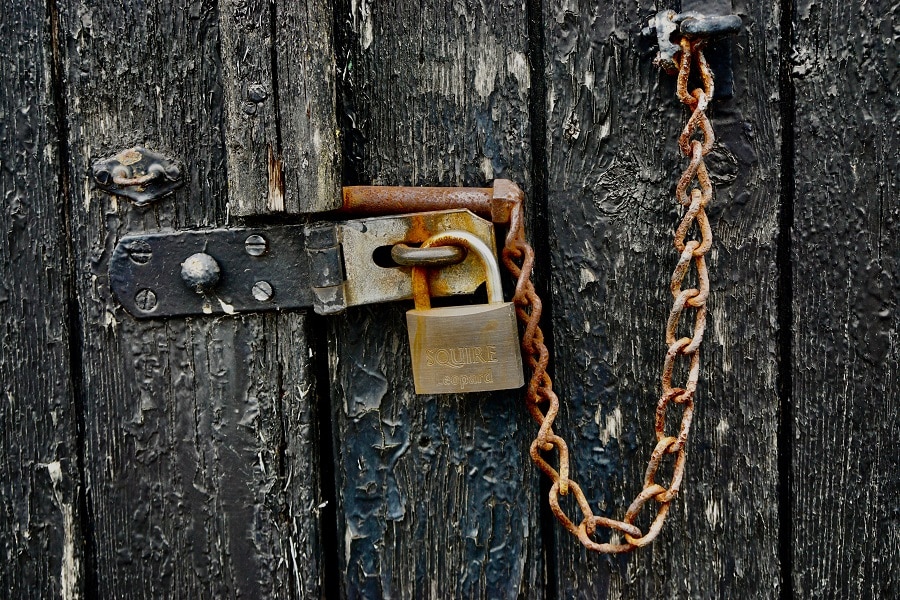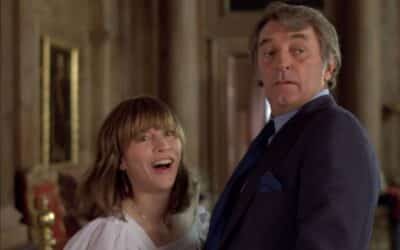
The Allure of the Locked Door
Many a weary mind has puzzled over the enigmatic allure of the locked room mystery. In this subgenre, the setting isn’t just a backdrop; it’s an enigmatic participant in the plot, a silent accomplice to the crime. The author meticulously crafts this high-stakes game of hide-and-seek, wherein the answer is veiled not behind the usual smoke and mirrors, but within the very fabric of the room.
Naturally, this crucial part of the narrative equation has a different approach than other mystery genres. The setting of an ordinary whodunit might be a quaint English village, a glamorous art gala, or a hushed library where the only sounds are whispered secrets and the turning of pages. But a locked room mystery? It demands a stage far more contained, more intimate, and deceptively simpler. Oh, it could still be a library, but this time, our intrepid detective isn’t investigating the whole place; rather, they are scrutinizing a single room, from the carpet pattern to the book titles, to that eerily silent grandfather clock in the corner.
Instead of sprawling manor grounds or bustling city streets, the focus sharpens to a singular, enclosed space. Here, every object becomes a potential clue, every corner might conceal a mechanism, every seemingly irrelevant architectural quirk becomes essential to the plot. That’s the true genius of the locked room setting: its inherent promise of a solution that’s right in front of everyone’s nose, if only they could decipher the room’s intricate language.
From a humble attic to a luxurious penthouse, from a dilapidated barn to an ominously silent laboratory, there’s a plethora of environments that can play the part of this puzzling setting. Imagine a quiet study, filled to the brim with dusty tomes and aging parchments. The body, of course, is found slumped over a half-finished manuscript, the door locked from inside. Or consider a glass elevator, trapped between two floors of a high-rise building. The deceased is found alone inside, the security footage showing no one entering or leaving after the victim. Now, isn’t the mere thought enough to send shivers down the spine, yet simultaneously stoke the fires of curiosity?
Indeed, literature is teeming with locked room mysteries that skillfully manipulate their setting. Take for instance John Dickson Carr’s ‘The Hollow Man’, revered by many as the “locked room mystery to end all locked room mysteries”. The murder happens in a snow-covered street, viewed from multiple angles by eyewitnesses. The killer, however, disappears, leaving behind only footprints in the snow – footprints that end abruptly, as though the murderer was plucked from the scene by invisible hands.
Then there’s the Japanese cult hit ‘The Tokyo Zodiac Murders’ by Soji Shimada, with a setup as elaborate as the Tokyo cityscape it’s set in. The plot revolves around a bizarre family murder where the rooms aren’t just locked, but sealed entirely, with no feasible means of escape. The decades-old cold case is dredged up by two amateur detectives, and the ensuing plot is as intricate as a thousand-piece jigsaw puzzle of a starry night.
Agatha Christie, the queen of mystery herself, gives us a classic locked room scenario in ‘And Then There Were None’. Ten strangers find themselves trapped in an isolated island mansion, being knocked off one by one. With no apparent way off the island, suspicion turns inward, and the mansion itself becomes a labyrinth of fear and suspicion.
Even the magical realm of Hogwarts serves as a perfect setting for a locked room mystery in ‘Harry Potter and the Chamber of Secrets’. A hidden room within a massive castle filled with moving staircases and trick doors? J.K. Rowling definitely nailed the essence of the genre.
So, the settings of locked room mysteries, be it an unassuming office or a spooky crypt, are more than just places. They are a labyrinthine puzzle box, a high-stakes escape room, an accomplice to the crime. But most importantly, they are a testament to the ingenuity of the authors and the insatiable curiosity of the readers. Because at the heart of it, aren’t we all just waiting for that triumphant moment when the door finally swings open and the truth is revealed in all its shocking glory? Well, isn’t that the fun of it all?
More Mystery Features
Locked Room Mysteries
Unraveling the Enigma of Impossibility
Whodunnit Mysteries
The spine-tingling genre that keeps readers on the edge of their seats
Mysteries of the 1970s
A Golden Era for Mysteries



